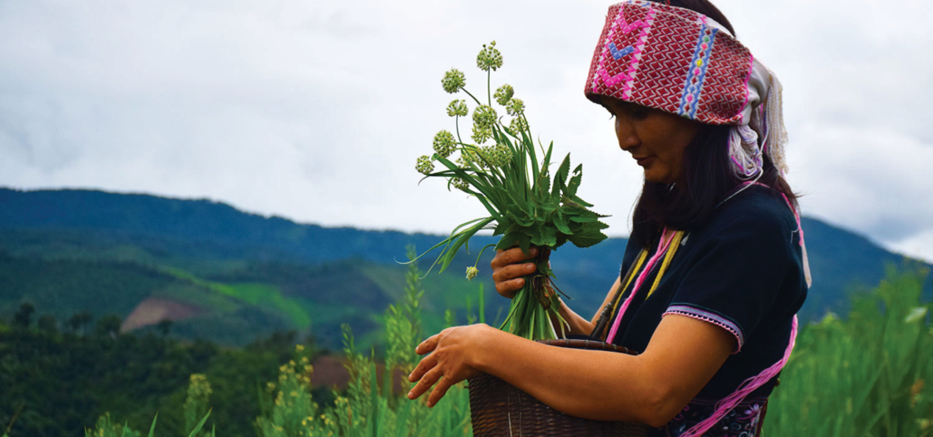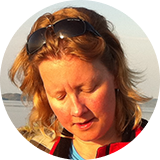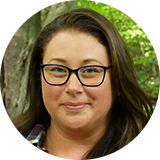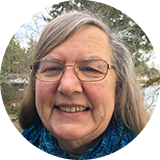Ărramăt, the intersections of biodiversity conservation and Indigenous health and well-being

Ms.Yanika Thamoon, the ปกาเกอะญอ (Pgakenyau or Karen) women leader of Khun Mae Yod Community, Mae Chaem District, Chiang Mai Province, Thailand © Pgakenyaw Association for Sustainable Development Mr. Boonsri Chalakkanok (PASD) สมาคม ปกาเกอะญอเพื่อการพัฒนาที่ยั่งยืน
This collection considers biodiversity conservation in relation to the health and well-being of Indigenous Peoples. Content is organized around the question posed by a Whapmagoostui Cree Elder, “If the land is not healthy, how can we be?” Subject matter spans the social and natural sciences and includes the following topics: environmental stewardship; Indigenous food systems and security, governance, identity and culture; wildlife and plant conservation practices; the bridging of knowledge systems and worldviews; rights of nature; and human health and well-being in relation to land, water, and its dwellers. Our red thread is how support for the roles of Indigenous-led and community-based research and practice on the value of biodiversity to human well-being can help drive the transformative changes we need to achieve environmental sustainability as a global community. Indigenous languages will be used to convey words, phrases and concepts not readily expressed in English alongside definitions especially where these illustrate interconnections between biodiversity and health-well-being of humans and the land.
- OPEN ACCESS
- OPEN ACCESS
- OPEN ACCESS
- OPEN ACCESS
- OPEN ACCESS
- OPEN ACCESS
- OPEN ACCESS
- OPEN ACCESS
Curators



